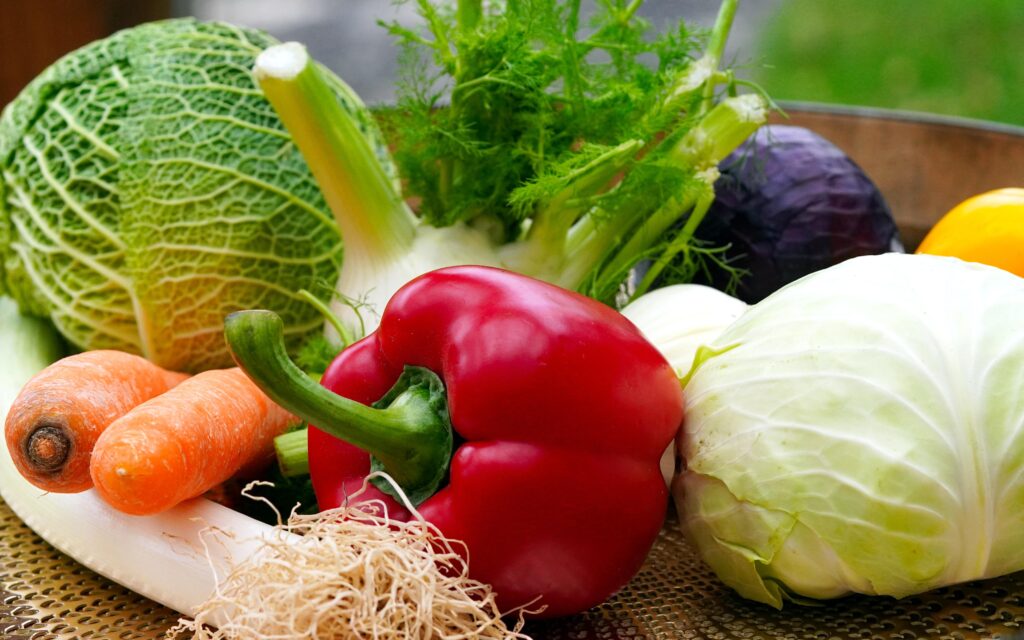Why chinese food is famous in india
Going down any busy street in India, you are sure come across the sizzling aroma or soy sauce-tossed noodles, hot red Manchurian balls, and the soothing crunch or spring rolls. Chinese food in India are more than just a cuisine; it’s a phenomenon. But why is Chinese food so popular across a nation, from big cities to little towns? Let’s take a look at how Chinese cuisine became popular in India and why it continues to thrive on the Indian palate.
The Origins: A Blend With Historical Roots
The origins of Chinese food from India can be found to the end of the 18th century, as a few people of Chinese immigrants established in Kolkata. They brought Cantonese cultural traditions, which were adapted to the tastes of the area. Over time, Indian flavors, methods of cooking, and preferences merged with Chinese ingredients to create what is now widely known as Indian Chinese cuisine.
Hakka noodles, chili chicken, Manchurian, & Schezwan fried rice are now common staples in Indian homes, restaurants, and street food vendors. These meals have little similarity to typical Chinese cooking, but their robust tastes are suited specially to the Indian palate.
1. Spice, the Great Indian Equalizer
One of the main reasons Chinese food become so popular in India was its versatility with spices. Indian cuisine is recognized for its rich, spicy flavors, while Chinese cuisine has found its niche by adjusting accordingly. Traditional umami-rich sauces such as soy, oyster, and hoisin have been strengthened using green chilies, red chili a fine powder, garlic, ginger, & vinegar.
This spicy change resulted in an altogether fresh flavor profile and felt similar to Indians while remaining exotic and unique. It’s no wonder that “spicy Chinese” is now the standard expectation for Indian dining.
2. Affordable and quick.
Indian Chinese cuisine also fits the country’s vibrant street food culture. Indo-Chinese foods very fast to prepare, cook quickly, and are cheap to serve, be at roadside carts, small eateries, and college canteens. Chinese dishes like chow mein and fried rice give a filling and flavorful dinner at a low cost for students, office workers, and foodies on a tight budget.
Restaurants have embraced Chinese cuisine because it takes less ingredients than typical Indian cooking, to make it more efficient and profitable.
3. Versatility across regions
One of the most amazing features of Chinese cuisine in India is its geographical adaptation. In the north, chili paneer is served at naan; in the south, Schezwan idli is a popular fusion dish. Chinese food has a long history in the East, particularly in Kolkata, while in the West, Mumbai’s famous Chinese bhel is a crunchy, tangy creation unrivaled in China.
This regional reimagining keeps Chinese cuisine vibrant and fresh, with limitless opportunities for innovation.
4. Vegetarian-Friendly Appeal
While real Chinese cuisine frequently include fish and meat, the Indian

version is growing to contain a remarkable array of vegetarian meals. Dishes such as vegetarian Manchurian, crispy fried veggies, mushroom chili, & tofu stir-fries made Chinese cuisine more accessible to India’s substantial vegetarian population.
Paneer, a famous Indian dairy product, has even found a permanent place in Indo-Chinese foods, with dishes such as chili paneer & paneer Manchurian topping the popularity lists.
5.The Influence of Pop Culture & Restaurants
The rise of Chinese restaurants to the 1990s & 2000s contributes substantially to the cuisine’s popularity. Iconic businesses such as Mainland China’s street-style restaurants popularized Chinese cuisine. Bollywood has idealized it with scenes of couples sharing noodle and fiery chili chicken, eliciting powerful emotional responses from moviegoers.
Cooking programs, food blogs, and channels on YouTube have helped to demystify Chinese recipes, making them more accessible to home cooks. Chinese cooking kits & sauces are now accessible in every store, demonstrating the cuisine’s widespread appeal.
6.Perfect for sharing & celebrating.
Chinese cuisine frequently includes a range of little plates—starters, rice, noodles, or gravies—that are ideal for communal dining. Indians like meals that encourage sharing and diversity, and Chinese cuisine provides both. Whether it’s a family meal, a birthday party, and a workplace party, order Chinese is a reliable and popular choice.
7. A comfort food for many.
For many Indians, Chinese food calls for feelings of warmth and nostalgia. College canteens, roadside shops, & late-night noodle cravings all play an important role in urban culinary memories. The popularity of the flavors, the convenience of the availability, and the constant taste throughout outlets makes Chinese food a dependable option, especially when wondering what to eat.
8.Endless innovation and fusion.
From Chinese taco to Manchurian pizzas & Schezwan pav bhaji, Indian cooks have pushed the frontiers of fusion. This constant change makes Chinese food fresh and relevant to India’s variable culinary preferences. It permits restaurants & kitchens to put their own spin on classic recipes, which increases the cuisine’s popularity.
The conclusion was that More than Just the Cuisine.
Chinese food across India has been flowing beyond its reputation as a foreign dish & is now heavily ingrained according to the country’s gastronomic fabric. It is adaptable, affordable, and infinitely savory, appealing to people of multiple ages, geographic regions, and preferences. It is a cuisine that had more than survived, but thrived, forming more Indian then Chinese in various respects.
So, each time that you’re relishing a serving platter of garlic chili noodles in addition to biting into a crunchy spring roll, acknowledge that you’re enjoying in an amazing crossover masterpiece that continue to bring humanity together, one hot mouthful at time.
Do you enjoy Indian/Chinese eat? Tell us information regarding your favorite mealtimes in the critiques!

